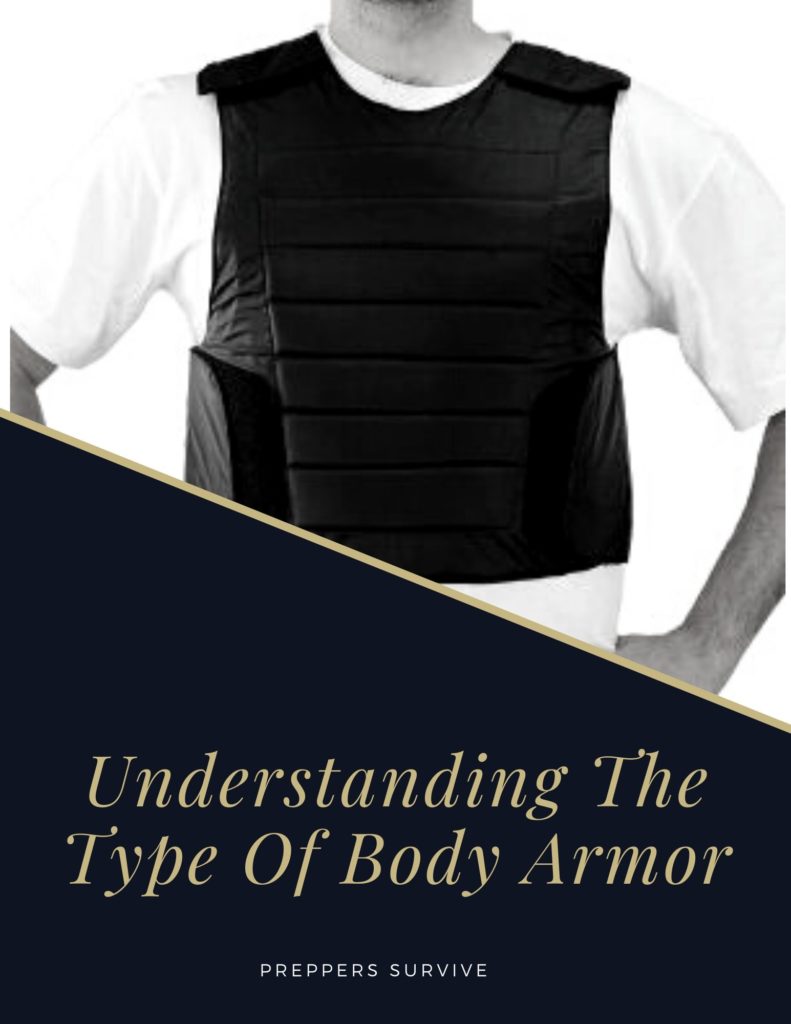
Wearing body armor can make a difference between life and death when you are in a dangerous situation. It comes as no surprise that the usage of this tactical gear is no longer confined to the army and police personnel alone. People from all walks of life and even civilians are resorting to this form of personal protection to combat the dangers of life-threatening incidents. But before you consider buying body armor, you need to understand the options you have. Choosing the right type is important to keep you safe. At the same time, you need to know that there are some variants that may be apt for you while others may not be right. Let us explain the different types of body armor you can choose amongst.
Understanding The Type Of Body Armor
Soft armor
Soft armor panels, as the name suggests, consist of flexible yet strong materials that are bullet-resistant as well. These panels are lightweight and flexible, which makes them the right choice for people who need to wear them for prolonged periods or in hot temperatures. It is also ideal for civilians looking for personal safety rather than as a professional requirement. Despite the fact that these panels are made of thin material, a soft armor panel still offers reliable handgun protection. When it comes to the ballistic safety grading levels specified by the National Institute of Justice (NIJ), this type of armor comes in Level IIA, II, and IIIA.
Hard armor
Unlike the soft counterpart, hard armor is made with even stronger materials such as ceramic, steel or titanium plates. Obviously, this type of body armor is effective for stopping higher caliber ammunition such as for rifle protection. The design is quite similar to soft armors, but they are naturally thicker, heavier and stiffer in comparison as the materials used for these panels are pressed together under immense pressure. However, this option can be unwieldy and difficult to carry for extended periods and in higher temperatures. On the ballistic grading front, this type provides Level III and IV protection, which makes them right for people who are likely to face high caliber weapons.
Concealable v/s Overt
While hard and soft is the most widely-used classification for armors, they can be classified on another basis as well. This is done on the basis of the way you wear it. The concealable type, as the name implies, can be worn underneath your clothing. It is made of a soft fabric variant that is capable of absorbing moisture. Conversely, overt body armor is worn over the clothing as it is bulkier. The upside of this type is the additional protection it offers. In general concealable type carriers do only accommodate soft armor panels while overt carriers can have additional pockets to accommodate a pair of hard armor panels.
Load-bearing Vests
Besides these common types of body armor, a relatively new addition is load-bearing vests, also known as chest rigs. NOTE: load-bearing vests are Overt Vests. Law enforcement agencies are embracing this variant as an alternative to duty belts.
Law enforcement agencies are embracing this variant as an alternative to duty belts. The advantage of this type of overt carrier is that officers can wear their equipment on them more comfortable as compared to a duty belt. Additionally, it exerts less pressure on their body and the chances of experiencing hip and lower-back pain are reduced.
Now that you know all about the variants in body armors, choosing one that works for you is easier. Professionals who combat dangers as a part of their duty need to be extra careful about the choice because these can be life-saving.
Thanks for visiting Preppers Survive. Before you leave subscribe to our newsletter. If you enjoyed this article, please share it on your favorite social media.



Leave a Reply